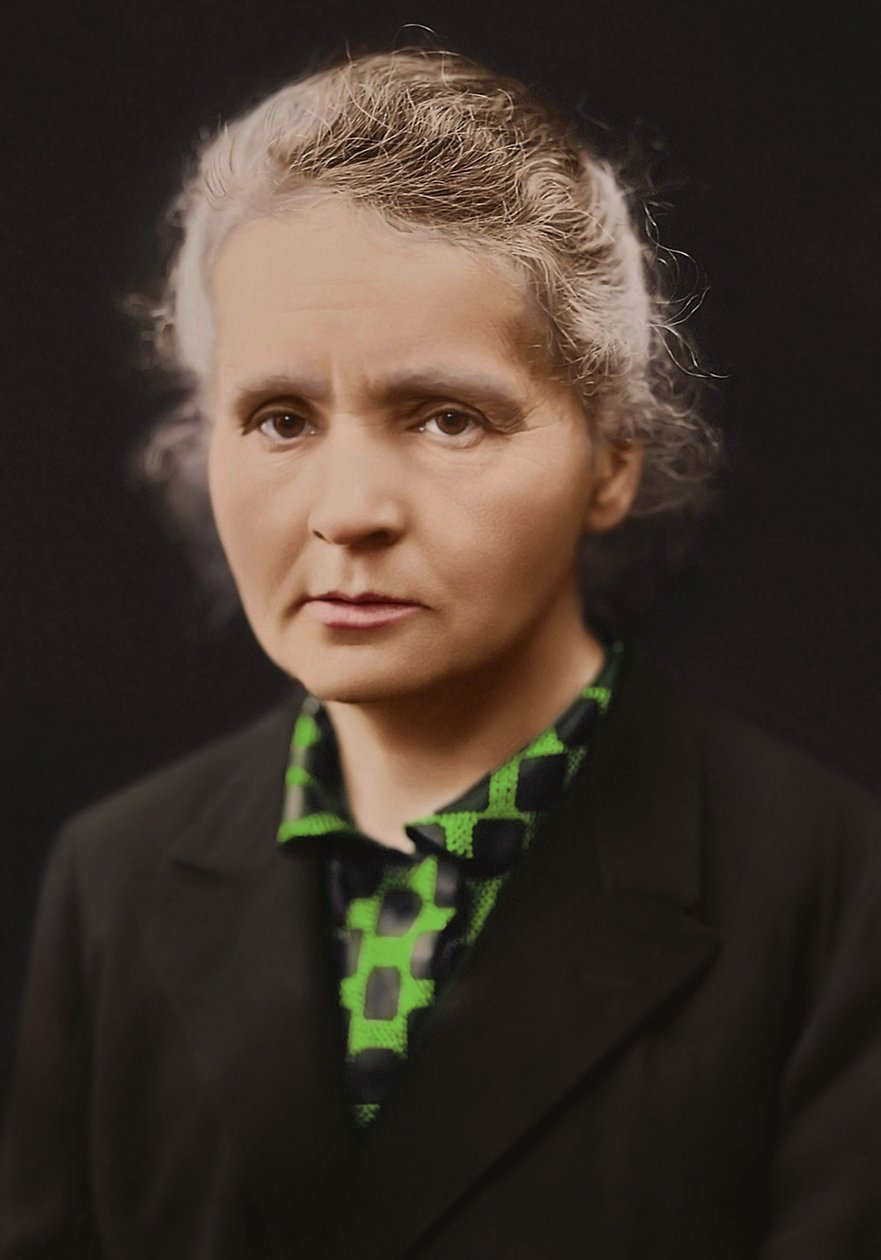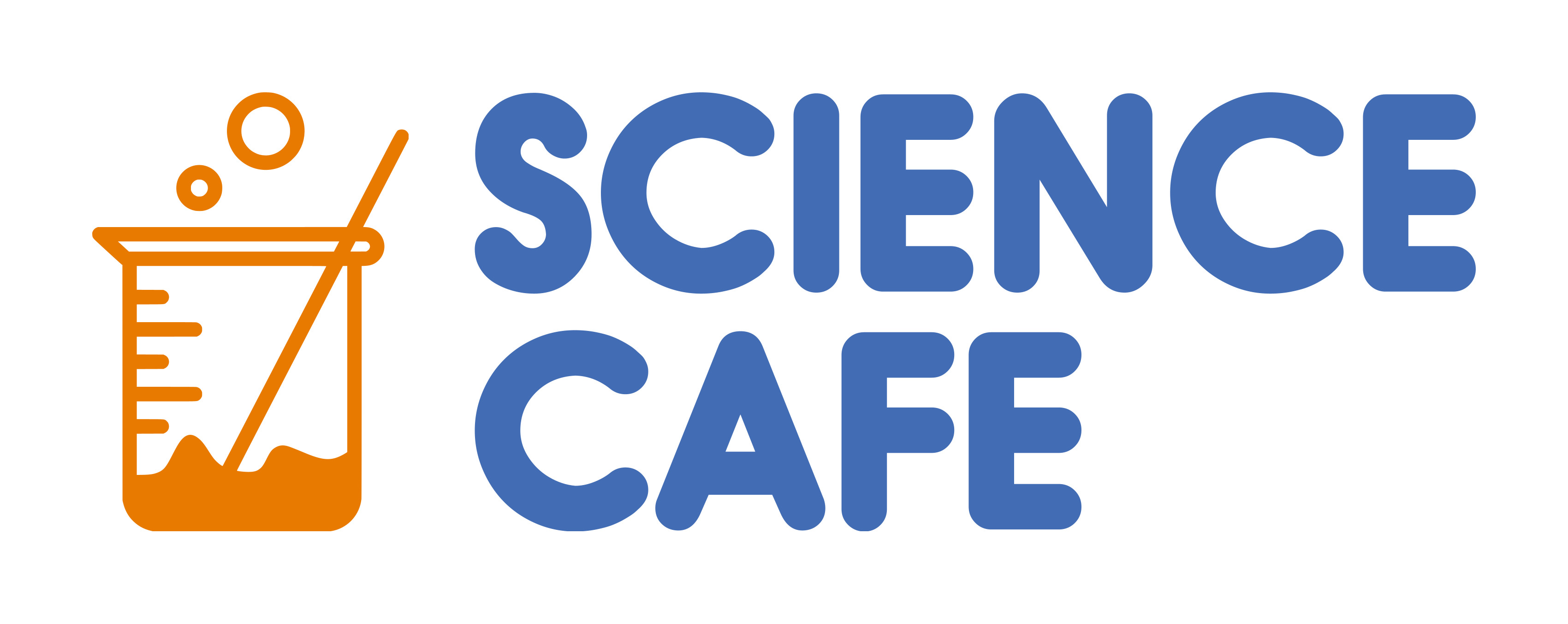Women in Science - Marie Curie
Marie Curie – Science and Strength in the Face of Cancer

When I think about Marie Curie, I don’t just see a scientist. I see hope. I see a legacy that touched my life in the most personal way: through the bravery and treatment of my grandmother—an extraordinary woman who helped shape who I am today.
My grandma was the kind of woman who taught you strength without raising her voice. She was full of warmth, laughter, and wisdom. When she was diagnosed with cancer, everything changed. Watching her fight so fiercely was a lesson in courage. But it wasn’t just her strength—it was science that gave us those precious extra months. And that science, in so many ways, began with Marie Curie.
Marie Curie was the first woman to win a Nobel Prize—and the only person ever to win Nobel Prizes in two different sciences: physics and chemistry. Her work on radioactivity, and her discovery of radium and polonium, laid the foundation for radiation therapy, which is still used to treat cancer today.
She worked in an era where women weren’t welcome in scientific circles. She didn’t just push the boundaries—she redefined them. Her dedication, her brilliance, and her personal sacrifices changed the world.
For me, her legacy isn’t just in textbooks. It’s in the moments I got to share with my grandma—moments made possible by the ripple effect of Curie’s work. That’s the power of science: it stretches across time and space, quietly saving lives while we live them.
Marie Curie (born Maria Sklodowska in 1867, Warsaw, Poland) was a physicist, chemist, and relentless pioneer in the study of radioactivity—a term she coined herself. Her work not only broke new ground in science but also helped change the world’s approach to medicine, particularly cancer treatment.
Early Life and Obstacles
Curie was born into a family of educators in a country under Russian occupation. Despite her brilliance, Polish women weren’t allowed to attend university, so she studied at the underground “Flying University.” To support her sister’s education, she worked as a governess and studied in secret.
Eventually, Curie moved to Paris and enrolled at the Sorbonne, graduating top of her class in physics and mathematics. There, she met her future husband and scientific partner, Pierre Curie.
Scientific Breakthroughs
Marie Curie's most revolutionary work began with her interest in uranium rays, building on Henri Becquerel's discoveries. Alongside Pierre, she began systematically investigating radioactive substances. Through meticulous, exhausting work in a poorly ventilated lab, they discovered two new elements:
Polonium, named after her homeland
Radium, a substance that glowed and emitted vast amounts of energy
She was the first person to use the term radioactivity, and her findings transformed our understanding of atomic structure and energy.
Major achievements:
First woman to win a Nobel Prize
First person to win two Nobel Prizes in different sciences
1903 Nobel Prize in Physics (with Pierre and Becquerel)
1911 Nobel Prize in Chemistry (for discovering radium and polonium)
Legacy in Cancer Treatment
Marie Curie’s discovery of radium paved the way for the development of radiation therapy, which became a cornerstone of cancer treatment. Although she did not work directly on curing cancer, her research unlocked the tools that would become life-saving for millions.
This part of her legacy feels especially powerful if you’ve watched a loved one, like your grandmother, face cancer. Her contributions are not just scientific—they’re deeply human, offering hope, comfort, and time to generations of families.



